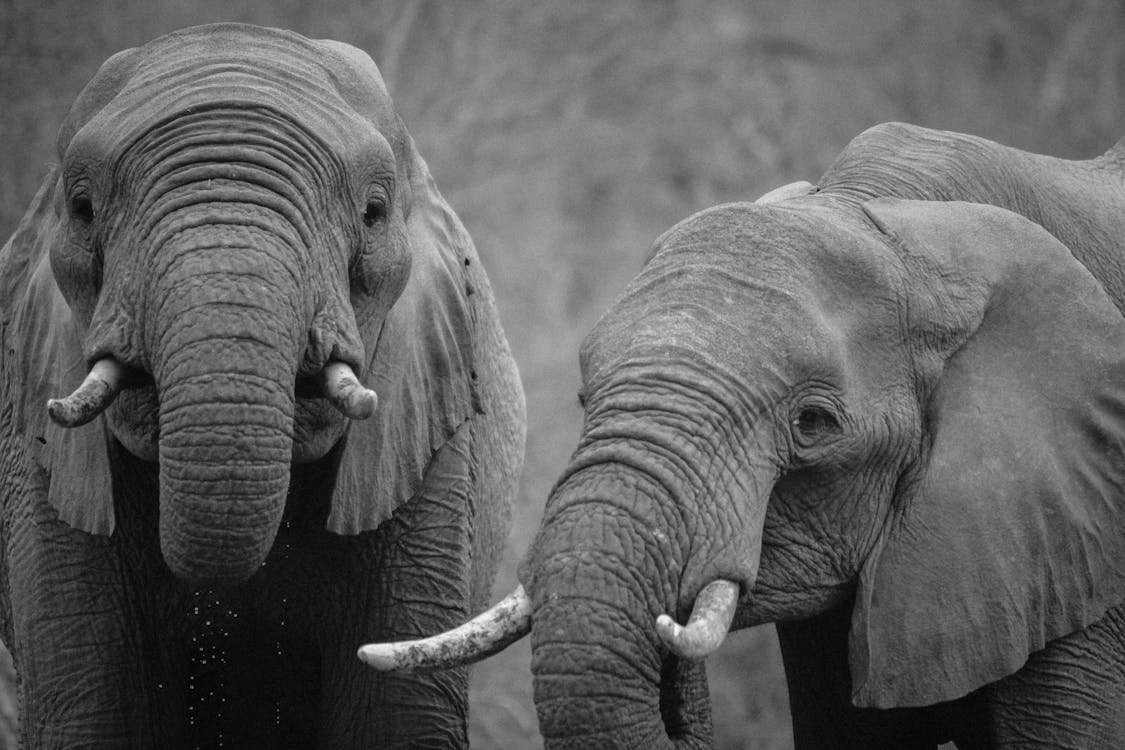Introduction
Elephants, the largest land mammals on Earth, play a crucial role in their ecosystems. Their presence helps maintain the biodiversity of their habitats, from the savannas of Africa to the forests of Asia. However, these magnificent creatures are facing unprecedented challenges due to climate change. Global warming is not just an abstract concept; it is a pressing reality that is significantly affecting elephant habitats. This article explores how climate change impacts these habitats, the subsequent effects on elephant populations, and potential strategies for mitigating these challenges.
Impact of Climate Change on Elephant Habitats
- Changing Rainfall Patterns
One of the most significant ways climate change affects elephant habitats is through altered rainfall patterns. Elephants depend on seasonal rainfall to sustain their habitats. As climate change leads to more erratic and intense rainfall events, regions that were once lush and green may become deserts, drastically reducing food and water sources for elephants. Conversely, areas that experience flooding can lead to habitat destruction and increased mortality rates among young elephants. - Rising Temperatures
Increasing global temperatures pose a direct threat to elephant habitats. Heat stress can affect elephants’ reproductive health, reduce their foraging efficiency, and lead to dehydration. In regions where temperatures rise significantly, elephants may be forced to migrate to cooler areas, leading to increased competition for resources and potential human-wildlife conflict as they encroach on agricultural lands. - Loss of Biodiversity
Climate change is causing shifts in ecosystems, which can lead to the loss of biodiversity. Elephants rely on a diverse range of vegetation for food. As some plant species struggle to adapt to changing climates, the overall availability of food decreases. This reduction in biodiversity can have a cascading effect on entire ecosystems, further threatening the survival of elephants and other species that share their habitats. - Fragmentation of Habitats
Climate change can exacerbate habitat fragmentation caused by human activities such as agriculture, urbanization, and deforestation. As natural habitats become fragmented, elephants face barriers that limit their movement and access to essential resources. This fragmentation can lead to isolated populations that struggle to survive and reproduce, increasing the risk of extinction.
Effects on Elephant Populations
The combined impact of these climate-related challenges is profound. Changes in habitat can lead to decreased populations, increased mortality rates, and altered migration patterns. Elephants are known for their strong social structures and familial bonds; disruptions to their habitats can result in stress and changes in social dynamics. Additionally, increased human-wildlife conflict as elephants search for food and water can lead to retaliatory killings, further endangering their populations.
Conservation Strategies
To address the challenges posed by climate change, a multi-faceted approach to elephant conservation is essential:
- Habitat Restoration and Protection
Protecting existing elephant habitats and restoring degraded areas are critical. This includes creating wildlife corridors to connect fragmented habitats, allowing elephants to migrate freely and access vital resources. - Sustainable Land Use Practices
Promoting sustainable agricultural practices can reduce habitat loss and ensure that elephants and humans can coexist. Agroforestry and eco-tourism can provide economic incentives for communities to protect elephant habitats rather than exploit them. - Climate Change Mitigation
Addressing climate change at a global level is crucial for the long-term survival of elephants. This involves reducing greenhouse gas emissions, promoting renewable energy, and engaging in global agreements to combat climate change. - Research and Monitoring
Ongoing research is essential to understand the specific impacts of climate change on elephants and their habitats. Monitoring populations and habitat changes can help conservationists develop targeted strategies to mitigate negative effects.
Conclusion
The plight of elephants in the face of climate change serves as a poignant reminder of the interconnectedness of all life on Earth. Protecting these majestic creatures requires a comprehensive understanding of the impacts of global warming on their habitats and a commitment to sustainable practices that benefit both elephants and human communities. By taking action now, we can help ensure that future generations can witness these incredible animals roaming their natural habitats.

